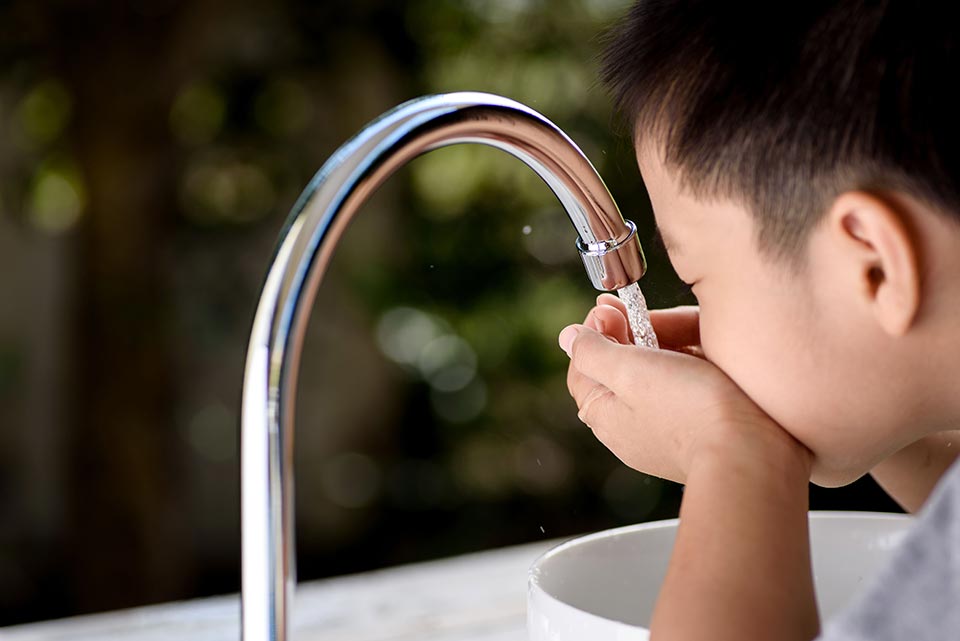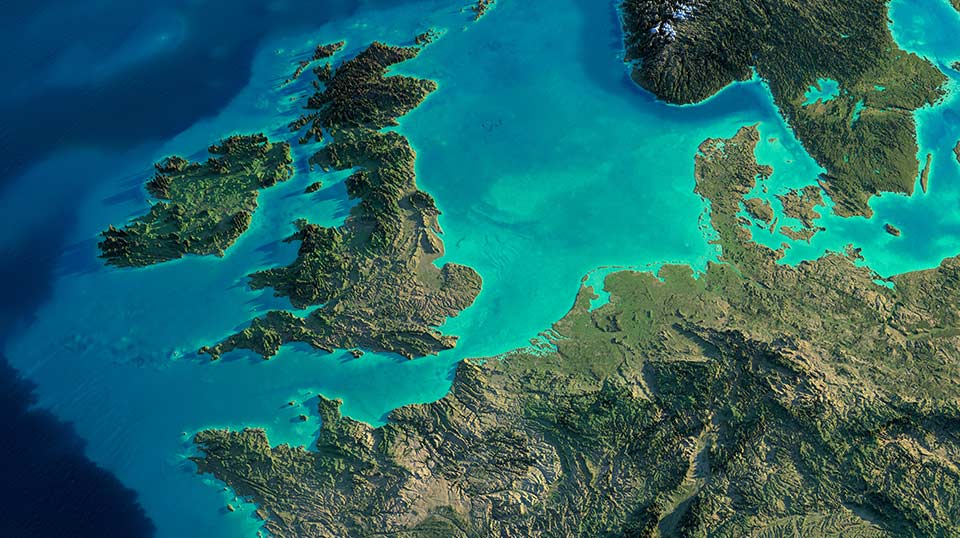The DOC2C’s project was an extensive research programme from 2016 to 2019 four years to investigate the possibility of improved dissolved organic carbon (DOC) control and/or removal from source waters.
This research was through a European Interreg @ Seas Programme that is focused on the North Sea and the English Channel regions. This is known as the 2 Seas Area. Its overall objective is to develop an innovative, knowledge and research based, sustainable and inclusive 2 Seas area, where natural resources are protected and the green economy is promoted.
The DOC2C’s consortium consists of PWNT R&D (NL), South West Water (UK), De Watergroep (BE), Lille University (FR) and Delft University of Technology (NL).
Waters can have elevated concentrations of DOC, in particular sources like surface waters, that are under influence of secondary effluent, recreation, heavy population, farming and industry. In many places in North-West Europe, DOC levels are increasing over time, most likely due to climate change.
For these types of water, DOC removal in the pre-treatment processes of a water facility is of interest, because this will increase the efficiency of all downstream processes, including, membrane filtration, advanced oxidation process (AOP) and granular activated carbon (GAC). This will improve water quality (e.g. less disinfection by-product formation potential) and most likely improve the bio stability within the distribution network.


More than 42 organizations, varying from drinking water companies, universities, knowledge centers and the private sector (SME’s), were involved in this project as an observer or interested party Evers + Manders coordinated the project submission and assisted during the project.
This project has led to intensive exchange of knowledge and experience between utilities, universities, knowledge centers, contractors, engineering companies that are challenged with DOC in surface water treatment. It has opened new and extensive market possibilities for technology providers, for some yielded a lower environmental impact of drinking water production, and overall, identified improved water quality that could be achieved with the innovative technologies.


